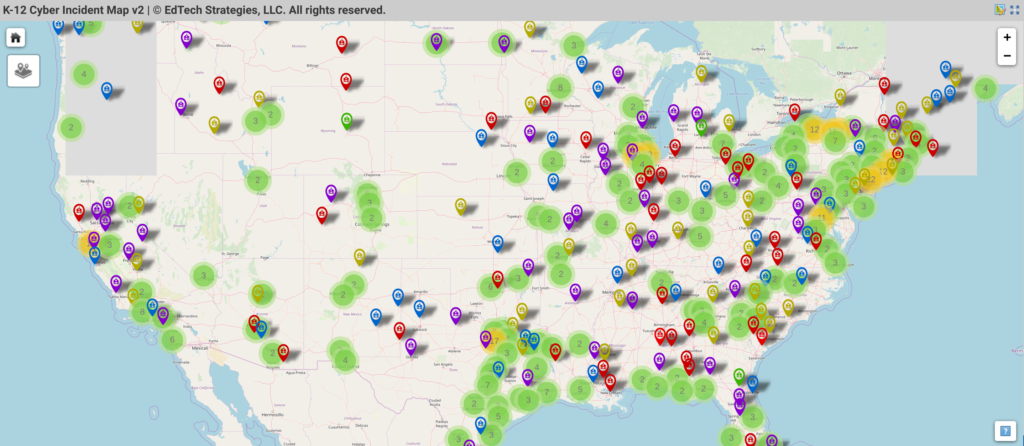CURMUDGUCATION ON A ROLL TODAY
IN: Child Labor Is Fun
by Peter Greene / 48min
Some legislators in Indiana are boldly taking on one of the great problems of their state-- too many restrictions on child labor. The bill intends, among other things, to do away with the requirement for student work permits for teens. Because the fact that a teenager is flunking high school should not stand in his way when it comes to serving as a useful meat widget for employers. Full day of sch
NWEA Offers More Testing Baloney
35by Peter Greene / 4h
When a system doesn't work, you have a couple of choices-- you can address the problems that are causing failure, or you can insist that the original system is super-duper and start imposing new rules to try to work around the flaws in your original system. Like the latch that doesn't work properly, but instead of fixing the latch, you just teach everybody to lift and push the door to the side to
Civics and History in the Classroom
by Peter Greene / 13h
The teaching of US history has always been... well, not a hot topic, exactly, but always one that is simmering on a back burner. From the occasional reaction to one brand of civic illiteracy or another (no, that's not an actual power of the President) to the eternal complaint that schools are teaching students to hate America , the civic conversation is always drawn back to the question of how the
How Do We Measure Your Turf?
by Peter Greene / 13h
In which I ponder the various ways in which private money plays in the public sphere, how much we should care about them, and why. Preface/Warning This post is probably going to be long and only sort of related to education. It has an audience of roughly two people-- a guy who periodically kicks at my ass on Twitter, and me. He's unlikely to be moved by anything I have to say, and I'm indulging my
MO: Arresting Librarians
100+by Peter Greene / 23h
If you haven't already, read this piece from Nancy Bailey that makes two points with crystal clarity and detailed support: * school librarians are an essential part of teaching reading in school (scientifically or otherwise) * school librarian jobs












